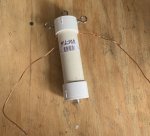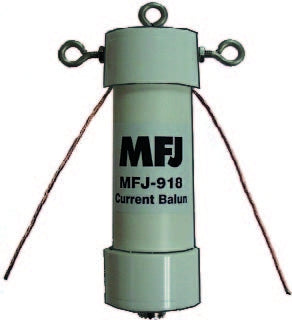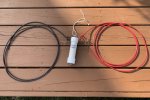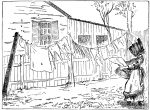brizzotheizzo
Member
- Joined
- Aug 7, 2016
- Messages
- 53
Hey, if you’re talking on it, Mission accomplished. My father always taught me “hustling” is doing the best with what you got. I guess that makes me a “hustler” when it comes to this stuff. And like you said, if it works...great...if not, keep trying until it does. And the bonus is that we usually get a free education in the process. Maybe not always the “easy way“ but an education none the less.I guess I went old school ... I had to add some electrical wire to get it to resonate on ch 38 CB and added some weed whacker string on the ends to stop the pvc elements from sagging in the sun . No analyzer just got the SWR low and talked to some guys in my city then talked to a base station 15 miles away so i figured its working....Went on 10 Meters and talked to the local net on 28.490 with the HTX-10 when the DX opened
up I talked to Carolina and Tenn so I figure its working. As for the trap I read it on line to make 21 turns..I figure it works or it does not do a thing
and the coffee container was what i had.... Don't let it get you down about experimenting ... I know I broke allot of rules but I got it to work.
Mine is in the back yard off the grape vine pipes....No way would I put it on the roof... Too High and it would look pretty Ugly... !
Peter N1EXA
My dad used to always say, if it wasn’t for hustling, and learning through failure, the Wright brothers would’ve never invented the airplane.






